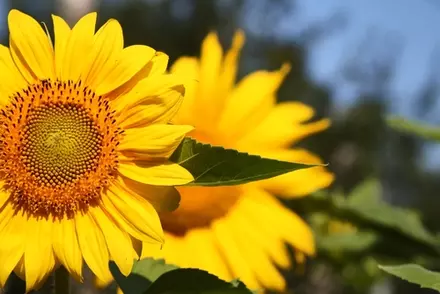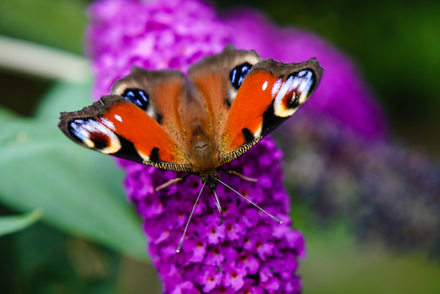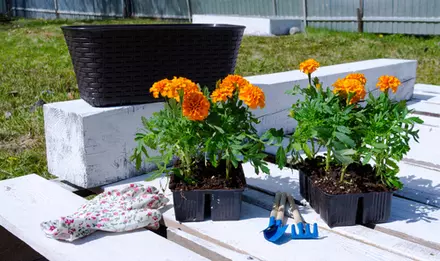Plant care: what does it mean when a plant needs 'full sun'

Plant care is an essential part of maintaining a healthy and vibrant garden. One of the most critical factors to consider when it comes to plant care is the amount of sunlight a plant requires. Many plants thrive in different lighting conditions, and knowing how much sun your plants need can make all the difference in their growth and health. In this blog post, we will explore what it means when a plant needs 'full sun' and how you can provide the necessary lighting conditions to ensure your plants thrive.
What does 'full sun' really mean?
When a plant is said to require 'full sun,' it means that it needs at least six hours of direct sunlight each day. Direct sunlight refers to the light that shines directly onto the plant, without any obstructions like trees, buildings, or shade structures. Plants that require full sun typically have leaves that are adapted to handle intense sunlight, and they use this sunlight to photosynthesize and create energy for growth and reproduction.
Which plants need full sun?
Plants that require full sun are often vegetables, herbs, and fruits, such as tomatoes, peppers, squash, and strawberries. These plants need a lot of energy to produce fruits and vegetables, and they rely on sunlight to create that energy. If these plants don't get enough sunlight, they may grow slowly, produce fewer fruits or vegetables, or become susceptible to pests and diseases.
Examples of plants in your garden that require full sun
Plants that require full sun are those that need at least six hours of direct sunlight each day to grow and thrive. Here are some examples of plants that need full sun:
- Lavender - Lavender plants require full sun to produce their fragrant, beautiful flowers.
- Sunflowers - As their name suggests, sunflowers need full sun to grow tall and produce their iconic, cheerful blooms.
- Marigolds - Marigolds are colorful, sun-loving flowers that need full sun to bloom and thrive.
- Zinnias - Zinnias are another type of sun-loving flower that require full sun to produce their vibrant, eye-catching blooms.
These are just a few examples of plants that require full sun. It's important to research the specific requirements of any plants you plan to grow to ensure they receive the necessary amount of sunlight to thrive.
How to provide full sun for your plants?
To provide full sun for your plants, you should select a location in your garden that receives at least six hours of direct sunlight each day. This could be a sunny spot in your yard, a rooftop garden, or a balcony with unobstructed sunlight. If you live in an area with a lot of shade, you may need to create a sunny spot by removing trees or installing shade structures to allow more sunlight to reach your plants.
Lots of sun means lots of water!
In addition to providing full sun, you should also make sure your plants are getting the right amount of water and nutrients. Plants that receive too little or too much water can become stressed, and nutrient deficiencies or imbalances can affect their growth and development. You should also regularly check your plants for signs of pests or diseases and take action immediately if you notice any issues.



